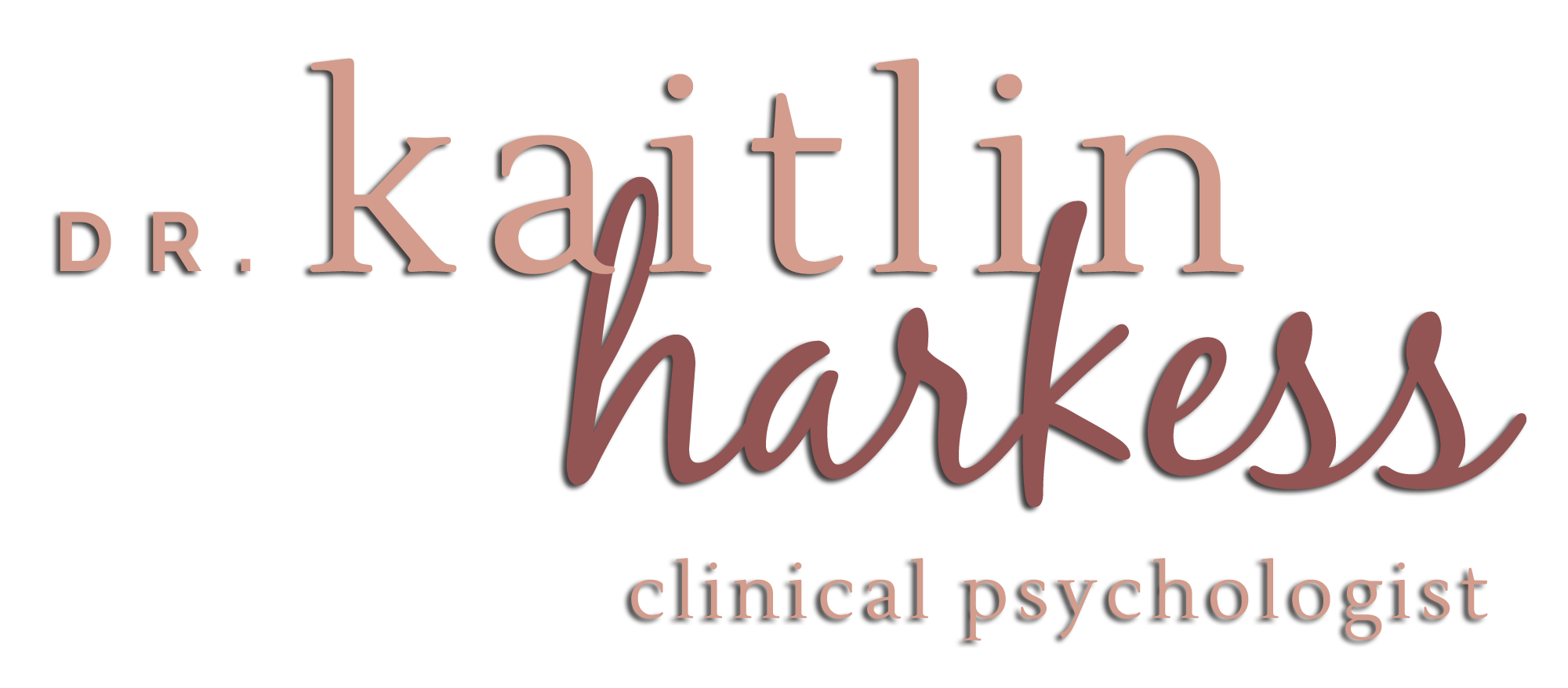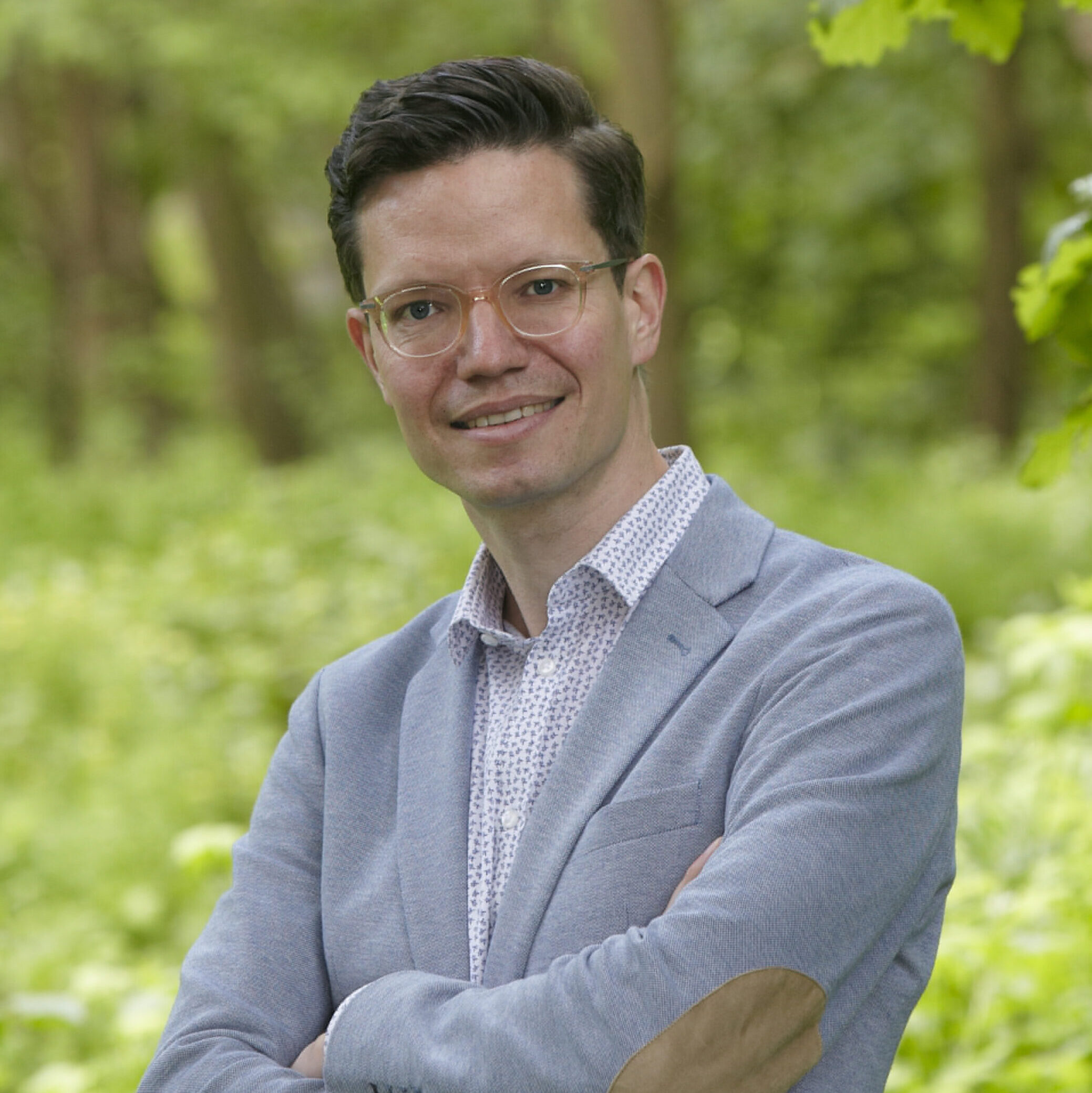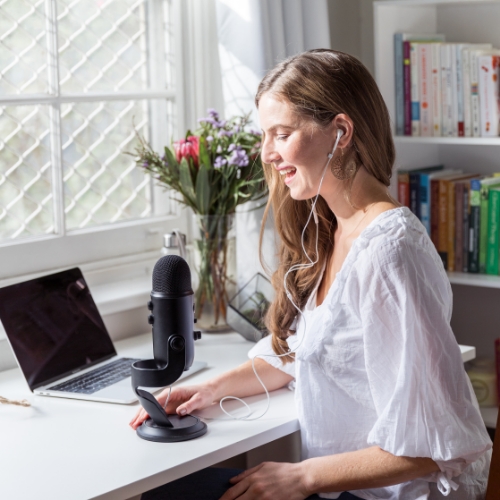Welcome to a bonus episode of the Wisdom for Wellbeing Podcast. On this episode I interview Dr. Jill Stoddard, a brilliant author, a relatable human, and an expert in Acceptance and Commitment Therapy (ACT).
This episode seems so timely as I know lots of us experience significant stress, overwhelm and anxiety, which so frequently negatively impacts our days and our lives. I was fortunate to read Dr. Stoddard’s new book Be Mighty: A Woman’s Guide to Liberation from Anxiety, Worry, and Stress Using Mindfulness and Acceptance over the holidays and it provided a beautiful space to reflect on the ‘Mighty Me’ that I am creating. So, I am really excited to now be sharing this conversation with Dr. Stoddard with you, as I know the chances are that you too have experienced that uncomfortable sense of overwhelm and anxiety in your life. Dr. Stoddard is skilled in explaining stress, anxiety, fear and the like, as well as detailing effective strategies to move forward creating a life by design – a mighty life. She is open in sharing her own struggles, and clearly lives all the wisdom she shares here today. So, your first mighty action – put in those ear buds!
We have just finished the Wisdom for Wellbeing Podcast launch week – but, this is a bonus episode to help you face Monday with Might! And, we still have a couple of days left to celebrate with our social media giveaway finishing up on Wellbeing Wednesday. So head to @drkaitlin on Instagram or @wisdomforwellbeingpod on Facebook to connect and go in the running to win some beautiful gifts to support your wellbeing journey. You will find links to the brands involved at the bottom of the show notes, as well as the T&Cs.
What is covered in this episode:
>> Theories around how the environment women are living in increases the likelihood of experiencing both fear and higher rates of anxiety
>> The difference between fear and anxiety, and how we have been designed to find answers (and avoid uncertainty)
>> Steps to changing your relationship with anxiety (Hint: it involves opening up more, rather than ‘getting rid of’)
>> Why a moderate level of anxiety is actually beneficial to performance
>> Getting familiar with your ‘suit of armour’ and your ‘I’m not good enough story’ (turns out we all have one!)
>> The importance of reflecting on, and connecting with, the small moments that ultimately create your life
>> Reflecting on the qualities you want to embody in your life, and the practice of consciously showing up as the person you want to be (rather than on auto pilot)
Links Discussed:
- Dr. Jill Stoddard’s Webpage
- Dr. Jill Stoddard’s new book Be Mighty: A Woman’s Guide to Liberation from Anxiety, Worry, and Stress Using Mindfulness and Acceptance
- Connect with Dr. Jill Stoddard on Social Media: Twitter, Facebook, and Instagram
See you again on #WellbeingWednesday

Dr Jill Stoddard
Dr Jill Stoddard is a clinical psychologist and director of The Center for Stress and Anxiety Management, a multisite outpatient clinic offering Acceptance and Commitment Therapy (ACT) and Cognitive Behavioral Therapy (CBT) for anxiety and related issues. She is an award-winning teacher, peer-reviewed ACT trainer, co-host of the Psychologists Off the Clock podcast, and blogger for Psychology Today. Dr. Stoddard is the co-author of The Big Book of ACT Metaphors: A Practitioner’s Guide to Experiential Exercises and Metaphors in Acceptance and Commitment Therapy and author of Be Mighty: A Woman’s Guide to Liberation from Anxiety, Worry, and Stress Using Mindfulness and Acceptance. She received her PhD from Boston University in 2007. When she’s not writing, counseling her fierce clients, speaking, or podcasting, she’s spending time with her amazing family, friends, and dogs, feeling grateful for this mighty life.



